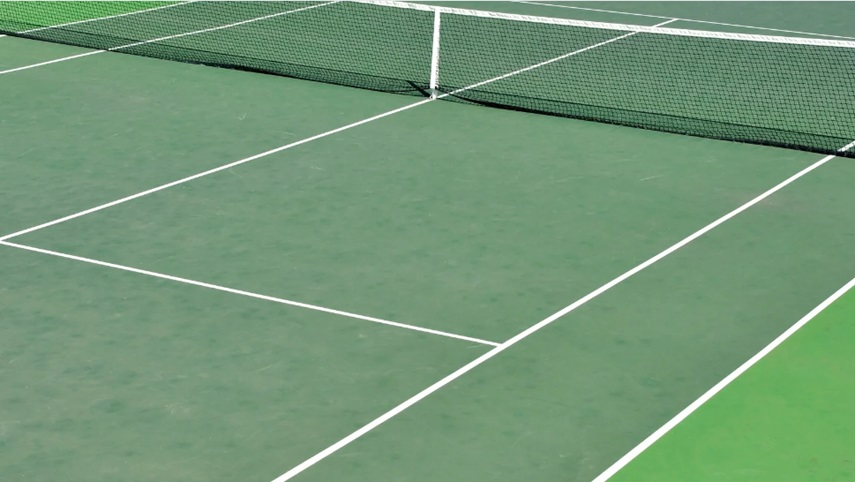Resurfacing a tennis court is an important process that is necessary to maintain its integrity and safety. It involves removing the old surface layer of the court and applying a new one to improve its playing characteristics. When considering tennis court resurfacing in Georgia, it’s important to be aware of common mistakes that can be easily avoided. This article will discuss some of these mistakes to avoid.
Inadequate Surface Preparation
One of the biggest errors is neglecting thorough surface preparation. An unclean or improperly prepped surface can result in poor adhesion of the new layers. It’s crucial to clean the court meticulously, remove debris, and repair any cracks or damages. Any moisture trapped beneath the surface can lead to bubbling or peeling.
Using Low-Quality Materials
Opting for substandard materials to cut costs is a common mistake. High-quality resurfacing products ensure durability and better performance. Inferior materials may wear out quickly, leading to frequent repairs and reduced lifespan of the court.
Ignoring Professional Help
By not seeking professional help, the benefits of resurfacing a tennis court may not be fully realized. A professional court contractor will have the necessary knowledge and experience to ensure proper surface preparation, use of quality materials, and efficient resurfacing techniques. They can also provide valuable advice on maintaining the court in good condition.
Not Following Manufacturer’s Instructions
Some people make the mistake of not following the manufacturer’s instructions when applying the new surface layers. Each product has specific application guidelines that must be followed for optimal results. Failure to do so can result in a subpar resurfacing job.
Improper Application Techniques
Correct application techniques are vital for successful resurfacing. This includes how the layers are applied, the drying time between layers, and the conditions under which the work is performed. For instance, resurfacing during extreme weather conditions can affect the results. Professionals are typically well-versed in these practices, ensuring a smooth, evenly coated surface.
Overlooking a Maintenance Plan
A new surface can be short-lived without a proper maintenance plan. Regular cleaning, timely repairs of minor damages, and applying protective coatings can increase the longevity of the court. Professional resurfacing companies often provide maintenance services as well, making it easier to keep your court in top shape.
Conclusion
Tennis court resurfacing is a significant investment that can yield long-term benefits if done correctly. Avoiding these common mistakes ensures the court not only looks impressive but also withstands the test of time. For more insights on tennis court resurfacing, you may check out this blog. Considering professional assistance and adhering to recommended practices can result in a high-quality playing surface that athletes of all levels will appreciate.

